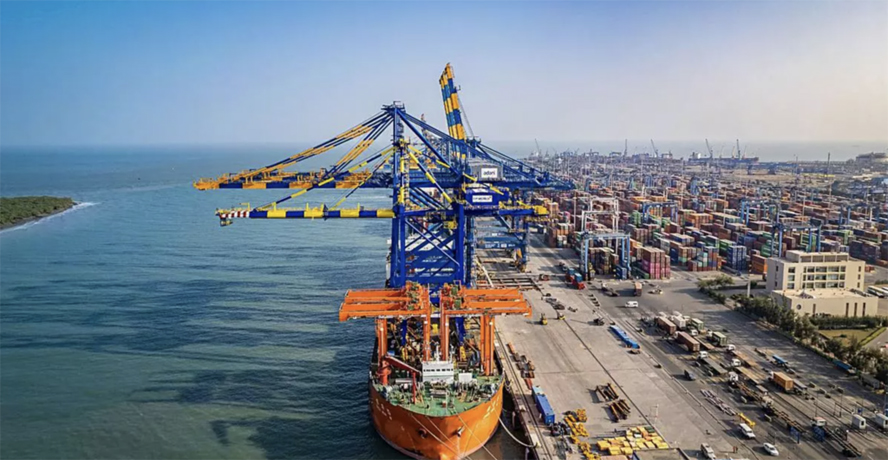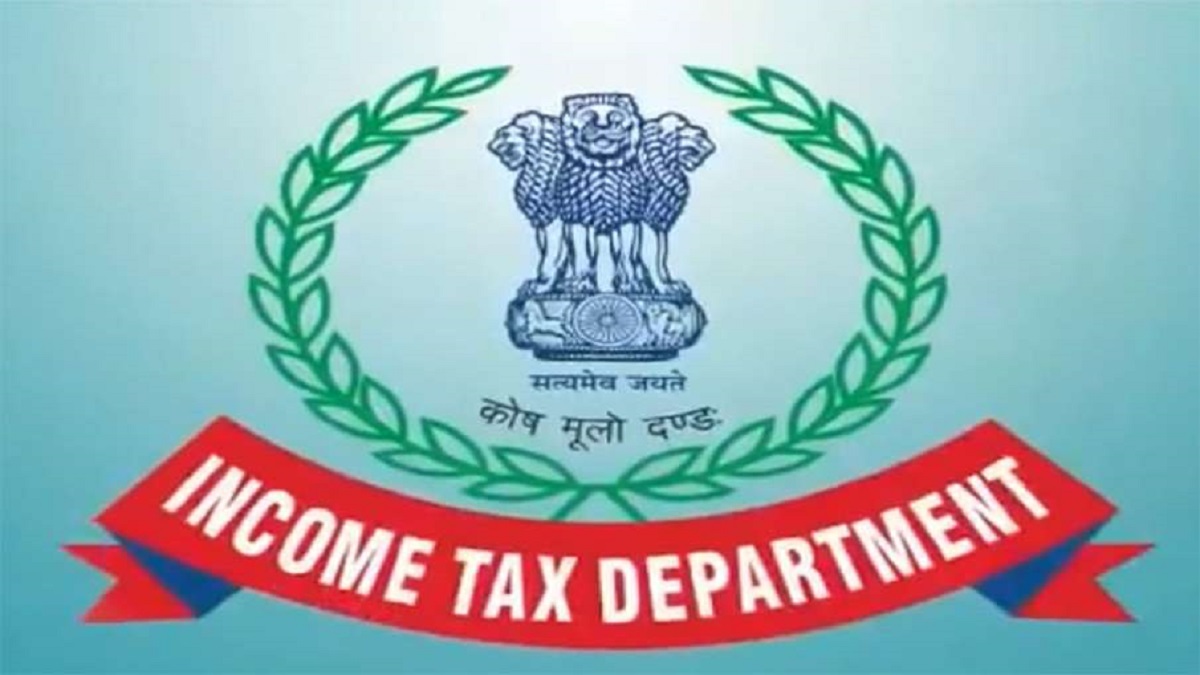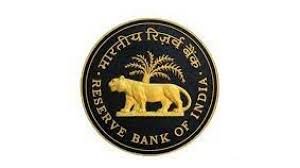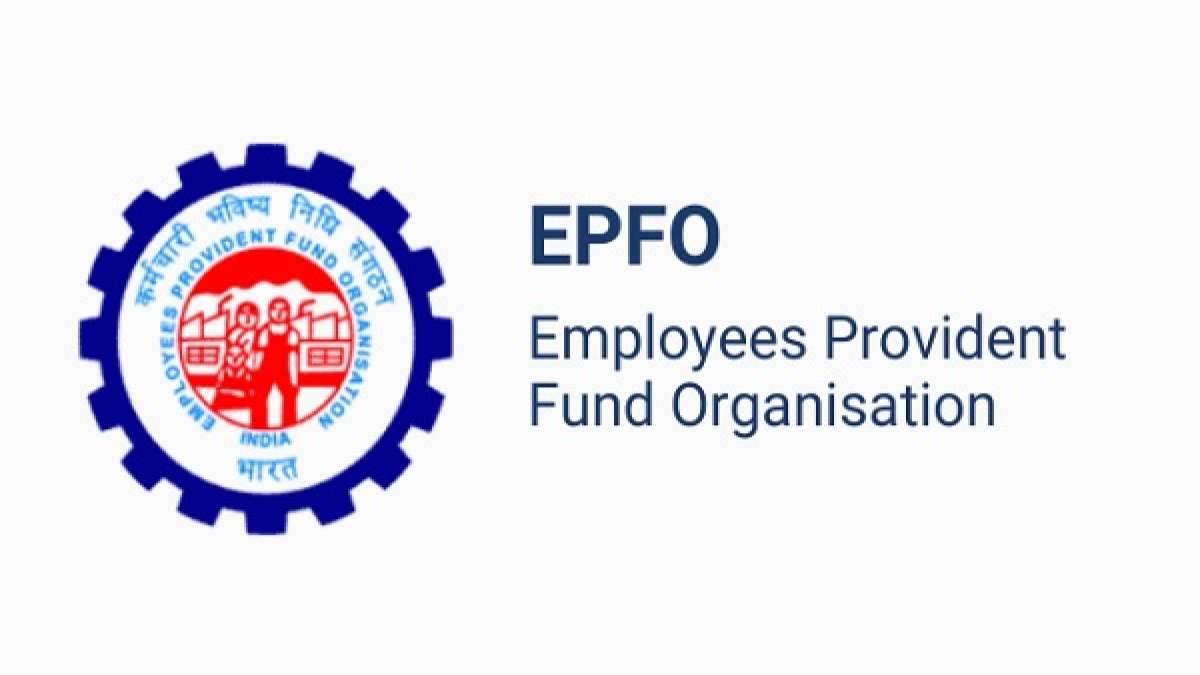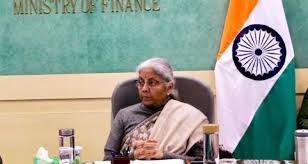Income tax e-filers by over 6.6 lakh in FY19: Official data
Mon 06 May 2019, 11:12:24
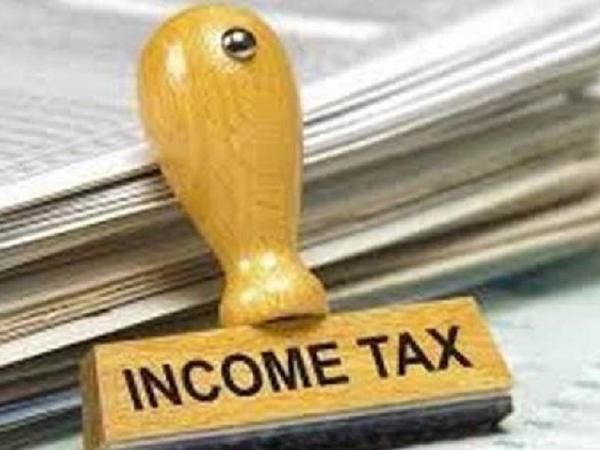
Kotak Economic Research in an April 30 report said: "We are surprised with the decline in income tax e-filing in FY2019."
"If the filings are indeed plateauing, it will be a worry for the fiscal which has seemingly shifted its focus to compensatory expenditure," it said. "Tax filings have surprisingly plateaued in FY2019. This is surprising given that post demonetisation it was expected that the tax base would continue to increase."
However, registered filers have been on the rise - they grew by 15 per cent to 8.45 crore as on March 31, 2019, the e-filing website showed.
Registered filers were just 2.7 crore at the end of March 2013 which almost doubled to 5.2 crore in March 2016 and to 6.2 crore in March 2017.
In signs of lower compliance, the ratio of actual filings to registered filers was 79 per cent in FY2018-19, down from 91.6 per cent in the previous fiscal. The compliance ratio was 85 per cent and 83 per cent in the preceding two years. It was 79.3 per cent in FY2014-15, which was a decline from 82 per cent of FY2013-14.
The data showed a steady rise in filers in the Rs 5 lakh to Rs 10 lakh range with 1.05 crore filings in FY2018-19 including 1.02 crore of individual taxpayers.
Kotak said the declining e-filings "does beg the question whether compliance was weaker in the latter part of FY2019 given that the number of registered filers has continued to see steady growth."
"If compliance has been weak, the new government will aim at increasing the filings and collections in FY2020," it said. "A focused utilization of the data on deposits during demonetization could yield better compliance, especially in the higher income brackets."
This combined with the granular GST filing data will be essential in increasing the filings as well as revenues over the next few
years, it said. "The task is cut out for the next government looking at improving the tax buoyancy -- essential to fund the increasing transfers in expenditure."
years, it said. "The task is cut out for the next government looking at improving the tax buoyancy -- essential to fund the increasing transfers in expenditure."
The government needs to look at further expanding the tax base (optimally using the data repository from demonetization and GST). Without a significant improvement in the tax base, the medium-term growth path will be at risk, Kotak said.
It said that while it is hoped that the filings for the assessment year increase (around August when filings are completed), a relatively muted tax filing growth will create further headwinds in an already stressed fiscal space.
"With the recent inception of direct transfers in the budget, the fiscal could easily be on a slippery slope unless there is a rationalization of expenditure," it said adding around 55 per cent of central government expenditure is fixed in nature and the eventual impact could be on further lowering capex.
Given the stressed fiscal space, debt markets are burdened with heavy government and PSE borrowings, which are likely to keep the yield curve steep in FY2020, it added.
Kotak said while a number of activity indicators have been signalling a slowdown in parts of the economy, the tax collections corroborate it too.
"Aggregate indirect tax revenues' buoyancy has been weak along with targets being missed on direct taxes too. Further, persistently high borrowing cost for financial institutions and companies (given crowding out by the government sector) will weigh on the near-term aggregate demand in the economy," it said.
From a medium-term perspective, if the government does not expand its capital expenditure (higher transfers and muted tax growth), the growth prospects will be under doubt given estimated fiscal multipliers, it added.
No Comments For This Post, Be first to write a Comment.
Most viewed from Business
AIMIM News
Asaduddin Owaisi questions PM Modi's China policy
Jan 08, 2025
Owaisi slams UP over police post near Sambhal mosque
Dec 31, 2024
Owaisi hails SC order on Places of Worship Act
Dec 13, 2024
AAP Corporator Tahir Hussain joins AIMIM party
Dec 11, 2024
Latest Urdu News
Most Viewed
May 26, 2020
Do you think AAP will perform better in Delhi polls without alliance?
Latest Videos View All
Like Us
Home
About Us
Advertise With Us
All Polls
Epaper Archives
Privacy Policy
Contact Us
Download Etemaad App
© 2025 Etemaad Daily News, All Rights Reserved.

